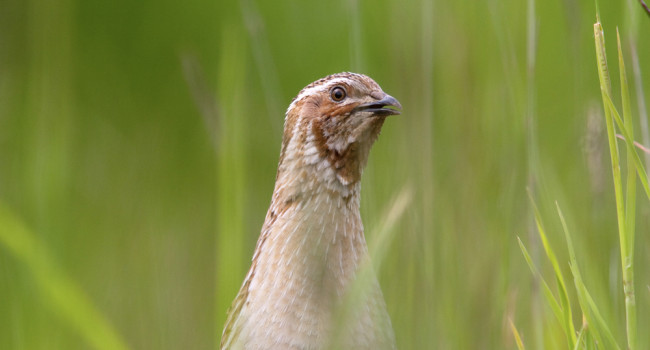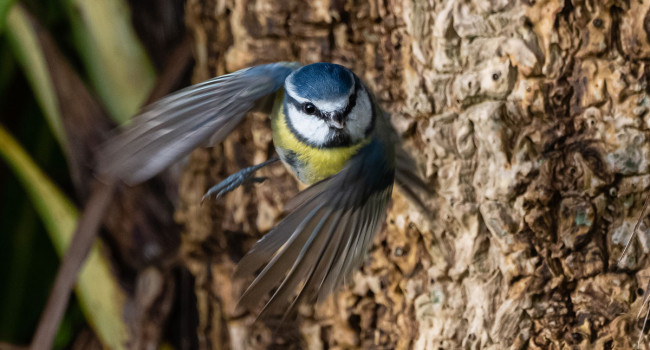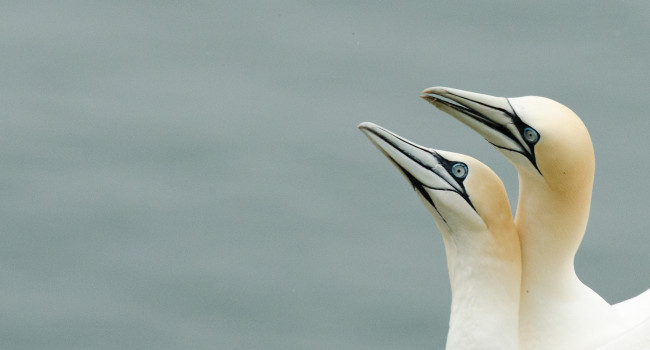Author(s):
Roos, S., Noble, D., Dobson, A., Howarth, P., Fielding, A., Carrington-Cotton, A., Etheridge, B. & Wernham, C.
Published: January 2015
Publisher:
Scottish Natural Heritage
Journal:
SNH Commissioned Report
Volume:
542
Published statistics on trends in raptor populations in Scotland currently use data from three national bird atlases, State of the UK Birds assessments, national BTO/JNCC/RSPB Breeding Bird Surveys (BBS) and species surveys undertaken through SCARABBS (Statutory Conservation Agencies and RSPB Breeding Bird Survey). This report considers the prospects for producing more detailed Scotland-wide and regional trends for breeding raptors. The report focuses on assessments of the suitability of data and methods for producing trends at a range of spatial scales, from area based - e.g. Natural Heritage Zones - to the whole of Scotland, and for breeding numbers and appropriate breeding parameters - e.g. proportion of pairs fledging young or the number of young fledged. The report meets three objectives: (i) produce and report trends in breeding numbers and productivity for the raptor species in Scotland at a range of spatial scales; (ii) evaluate the suitability of the existing schemes that are in place which may contribute to the monitoring of raptors (particularly EC Birds Directive Annex 1 species); and (iii) scope methods for producing a robust indicator or indicators of Scottish raptor populations, with the most appropriate indicator(s) dependent on end-user requirements. The report draws largely on data collected under the auspices of the Scottish Raptor Monitoring Scheme (SRMS). This was established in 2002 to improve partnership working between organisations involved in raptor monitoring in Scotland. It has eight partners, is chaired by SNH, and currently focuses on the annual monitoring of the abundance, distribution and breeding success of diurnal birds of prey and owls native to Scotland. The data are primarily from the SRMS for the period 2003-2009, supplemented by other sources where appropriate. Main findings Estimates of trends in numbers and/or breeding productivity, at least at the scale of individual study areas, can be calculated for 13 species of breeding raptors in Scotland. The most appropriate parameter for measuring breeding success for raptors, from the available data, is the number of fledglings produced per successful pair. COMMISSIONED REPORT Summary ii Data were sufficient to produce national, Natural Heritage Zone and area trends in breeding numbers and breeding productivity for two species – red kite and white-tailed eagle. Both show steady increases in breeding numbers since they were re-introduced. For seven species with substantial annual monitoring coverage across Scotland (hen harrier, northern goshawk, common buzzard, golden eagle, merlin, peregrine falcon and barn owl), provisional area based trends in breeding numbers were produced. For these species, there is high potential to produce rigorous area-based trends in breeding success, and potentially also full national (Scottish) trends, in both breeding numbers and breeding success. For four other species (Eurasian sparrowhawk, common kestrel, tawny owl and common raven), partial trend information is available from study areas or from the BBS. However, this is not considered sufficient to report rigorous national trends, without further validation work or additional data collection. A further four species (European honey buzzard, black kite, Eurasian marsh harrier and Eurasian hobby) are too rare as breeding birds in Scotland to enable their trends to be calculated. Finally, for long-eared owls and short-eared owls, there is currently insufficient annual monitoring coverage to generate trends. Recommended enhancements to information collection under the SRMS include: submission of six-figure grid references for all breeding ranges; routine collection of information on survey coverage/effort, visit dates, and nest contents at each visit; and improved (on-line) software for standardized data entry. Given the data available, we cannot produce a national indicator for breeding raptors in Scotland. Once representative national trends are available for a broader suite of Scottish raptors, however, a national indicator of breeding raptor numbers is feasible, and should be considered further.








Share this page